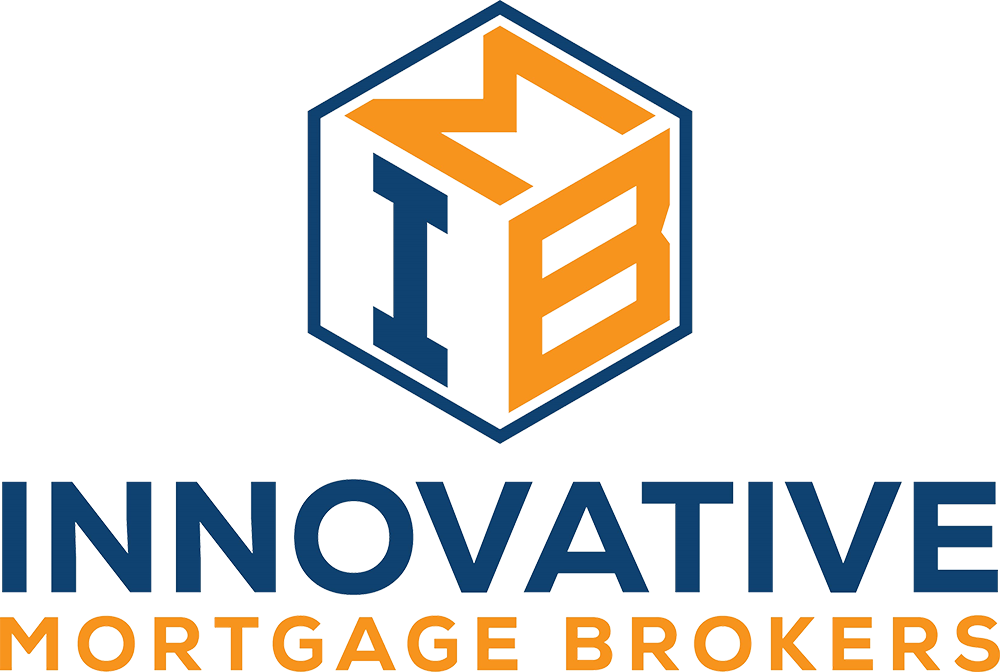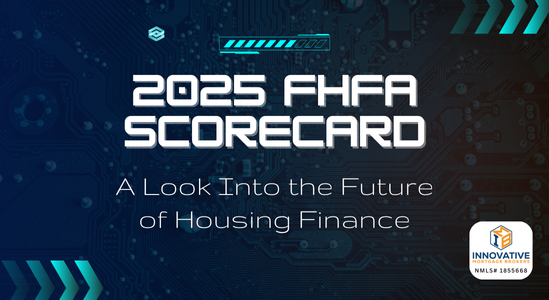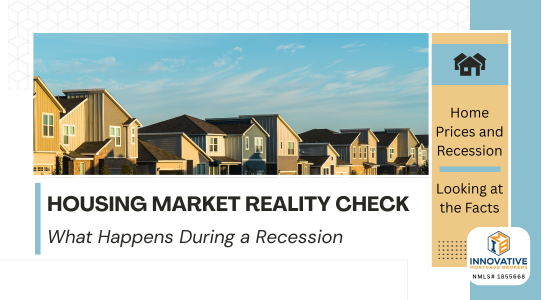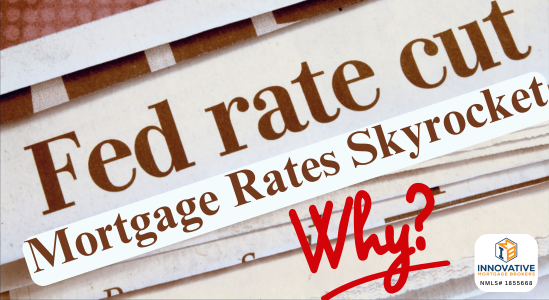Why a recession doesn’t automatically mean home prices will crash. There's been plenty of discussion…
2025 FHFA Scorecard: A Look into the Future of Housing Finance
Promoting Equity, Sustainability, and Risk Management in Mortgage Finance
The 2025 Scorecard for Fannie Mae, Freddie Mac, and Common Securitization Solutions (CSS) outlines the Federal Housing Finance Agency’s (FHFA) objectives and assessment criteria for these pivotal institutions. As conservator, FHFA seeks to ensure that housing finance markets remain liquid, competitive, and equitable while fostering sustainable and affordable homeownership and rental opportunities. This document not only charts a strategic direction but also reflects the evolving needs of the housing market, placing affordability, diversity, equity, and resilience at the forefront.
Core Objectives of the 2025 Scorecard
The scorecard is divided into two equally weighted priorities:
- Promote Equitable Access to Affordable and Sustainable Housing (50%)
- Operate the Business in a Safe and Sound Manner (50%)
Each of these goals emphasizes a balanced approach: supporting borrowers and renters while maintaining financial and operational stability.
Promoting Equitable Housing Access
This section focuses on initiatives to enhance affordability, streamline processes, and ensure resilience and sustainability within housing markets.
Affordability and Supply
A significant priority is improving access to homeownership and rental housing for underserved communities. The strategies include:
- Supporting first-time and low-income homebuyers by reducing transaction costs and increasing loan liquidity for small-balance financing.
- Addressing the housing supply crisis by reassessing policies that could stimulate development and affordability.
- Meeting the multifamily loan purchase cap requirements while focusing on workforce housing, ensuring resources are allocated effectively.
Efficiency in Mortgage Processes
Leveraging technology and innovation, the FHFA aims to:
- Modernize property valuation methods to include alternatives to traditional appraisals.
- Explore the integration of artificial intelligence (AI) and machine learning to enhance decision-making and reduce costs.
- Improve loan quality and defect identification, ultimately leading to a more reliable mortgage system.
Resiliency
Climate change poses significant risks to housing. To address this, the scorecard emphasizes:
- Identifying and supporting at-risk communities and borrowers.
- Conducting research on natural disaster impacts to inform policies and practices.
- Strengthening multifamily asset management to ensure long-term property resilience.
Sustainability
Ensuring lasting homeownership requires addressing systemic challenges, such as rising property insurance costs and post-disaster recovery.
Initiatives include:
- Expanding the loss mitigation toolkit to address various disaster scenarios.
- Enhancing tenant protections in multifamily properties.
Operating in a Safe and Sound Manner
While supporting equitable access, the scorecard stresses the importance of robust risk management to protect taxpayers and ensure long-term viability.
Risk Management
The enterprises must bolster their frameworks to identify and mitigate risks, including:
- Economic and credit risks.
- Climate-related risks that threaten housing stock and borrower stability.
Resilience to Stress
Maintaining liquidity and operational capacity during severe economic disruptions is critical.
The FHFA mandates:
- Strong counterparty risk controls.
- Preparedness for operational disruptions to ensure continuity in mortgage markets.
Credit Risk Transfer
The scorecard encourages transferring credit risk to private investors in a safe, commercially viable manner. This strategy reduces taxpayers’ exposure while ensuring financial stability.
Artificial Intelligence Integration
AI and machine learning offer transformative potential but also carry risks. Enterprises are required to develop AI risk management practices tailored to their evolving business needs.
Multifamily Housing Goals: A Closer Look
A unique focus of the 2025 Scorecard is on multifamily housing, particularly on ensuring affordability and preserving workforce housing.
Highlights include:
- A $146 billion cap on multifamily purchases, with 50% earmarked for mission-driven loans benefiting underserved markets.
- Encouraging sustainability through green initiatives, such as loans that reduce energy and water consumption by at least 15%.
- Special incentives for affordable housing in rural areas and for properties with tenant protections.
Implications for Borrowers and Stakeholders
The 2025 Scorecard reflects a deep commitment to inclusivity and sustainability.
Borrowers and renters can expect:
- Enhanced affordability measures, particularly for first-time buyers and low-income families.
- Greater transparency and efficiency in mortgage processes, reducing costs and barriers.
- Stronger protections against climate-related risks, ensuring long-term housing stability.
For stakeholders, the scorecard offers a clear roadmap to align their operations with federal priorities. From leveraging technology to promoting diversity, equity, and inclusion, these objectives are designed to create a more resilient and fair housing market.
Final Thoughts: A Transformative Vision
The 2025 Scorecard embodies a progressive vision for the housing finance industry. By addressing affordability, embracing innovation, and ensuring robust risk management, it seeks to balance the needs of borrowers, renters, and taxpayers. The collaborative framework outlined by the FHFA paves the way for a future where equitable housing access and financial stability coexist—a goal that benefits all stakeholders in the housing ecosystem.
As these initiatives roll out, the commitment to fairness, accountability, and integrity will serve as guiding principles, ensuring that the American dream of homeownership remains within reach for generations to come.





